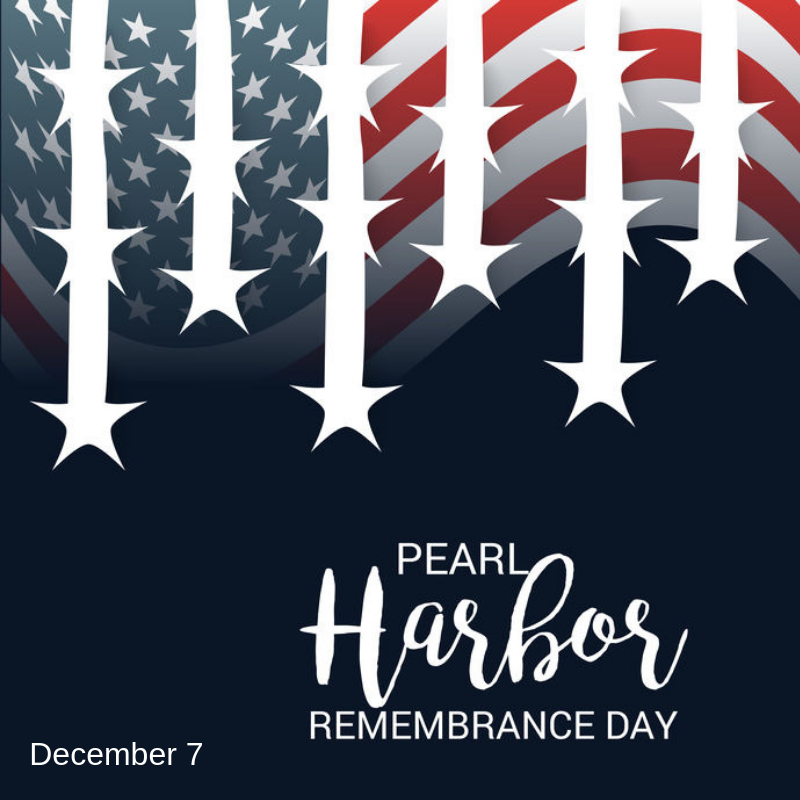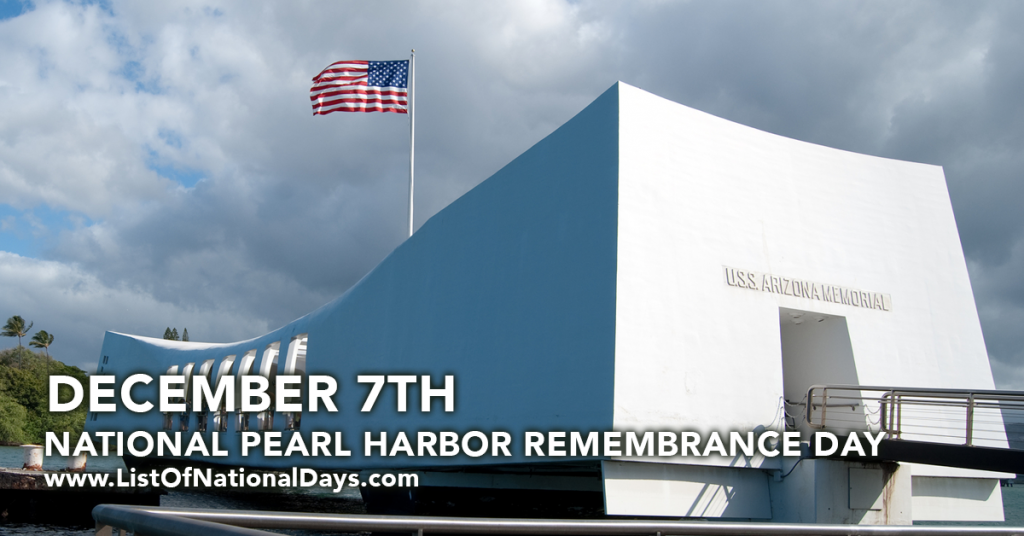

In 1946, according to the Army's official history, "Guarding the United States and Its Outposts," the Congressional Pearl Harbor Joint Committee concluded: "There was a complete failure in Hawaii of effective Army-Navy liaison during the critical period and no integration of Army and Navy facilities and efforts for defense. "Well, you need more than that," McNaughton said. Walter Short, commander of the Army Hawaiian Department, were preparing for their weekly golf game, a regular event that enabled them to "check the box" for joint coordination, McNaughton said. Kimmel, commander in chief of the Pacific Fleet, and counterpart Lt. The Army and the Navy on Hawaii had separate chains of command, and they engaged in very little coordination, at least in practical terms.Įarly Sunday morning on the day of the attack, Navy Adm. McNaughton, who served as command historian for Army Pacific from 2001 to 2005, said. On Oahu, coordination between the Army and Navy was poor, James C. Roosevelt ordered the Navy to move the base to Pearl Harbor. 16, 1940.īefore 1940, the U.S Pacific Fleet had been based in San Diego. The draft, known then as the Selective Training and Service Act, was instituted on Sept. More than two years after the start of World War II, the United States had entered the conflict.Spotlight: Commemorating World War IIThe Defense Department, then called the War Department, began conducting exercises and ramping up war production in preparation for conflict, should it come. Three days later, Japan’s allies Germany and Italy declared war against the United States.įor the second time, Congress reciprocated, declaring war on the European powers. On December 8, Congress approved Roosevelt’s declaration of war on Japan. "As a woman," she said, "I can’t go to war, and I refuse to send anyone else." Rankin was a pacifist who had also voted against the American entrance into World War I. The Japanese had wanted to goad the United States into an agreement to lift the economic sanctions against them instead, they had pushed their adversary into a global conflict that ultimately resulted in Japan’s first occupation by a foreign power.ĭid you know? The single vote against Congress's declaration of war against Japan came from Representative Jeannette Rankin of Montana.

Today the sunken battleship serves as a memorial to all Americans who died in the attack.Īfter the Pearl Harbor attack, and for the first time during years of discussion and debate, the American people were united in their determination to go to war. Half of the dead at Pearl Harbor were on the USS Arizona. personnel, including sailors, soldiers and civilians. The attack on Pearl Harbor killed 2,403 U.S. Navy was able to rebound relatively quickly from the attack. Moreover, the Pearl Harbor assault had left the base’s most vital onshore facilities-oil storage depots, repair shops, shipyards and submarine docks-intact. (Some had returned to the mainland and others were delivering planes to troops on Midway and Wake Islands.)

By the 1940s, battleships were no longer the most important naval vessel: Aircraft carriers were, and as it happened, all of the Pacific Fleet’s carriers were away from the base on December 7. Most importantly, more than 2,000 people died.īut the Japanese had failed to cripple the Pacific Fleet. Dry docks and airfields were likewise destroyed. In all, the Japanese attack on Pearl Harbor crippled or destroyed nearly 20 American ships and more than 300 airplanes. (All but USS Arizona and USS Utah were eventually salvaged and repaired.) Impact of the Pearl Harbor Attack Less than two hours later, the surprise attack was over, and every battleship in Pearl Harbor- USS Arizona, USS Oklahoma, USS California, USS West Virginia, USS Utah, USS Maryland, USS Pennsylvania, USS Tennessee and USS Nevada-had sustained significant damage. With 400 sailors aboard, the Oklahoma lost her balance, rolled onto her side and slipped underwater. Next, torpedoes pierced the shell of the battleship USS Oklahoma. The ship exploded and sank with more than 1,000 men trapped inside. At 8:10, a 1,800-pound bomb smashed through the deck of the battleship USS Arizona and landed in her forward ammunition magazine. Bombs and bullets rained onto the vessels moored below. On December 7, after months of planning and practice, the Japanese launched their attack.Īt about 8 a.m., Japanese planes filled the sky over Pearl Harbor. That way, the Americans would not be able to fight back as Japan’s armed forces spread across the South Pacific.

The Japanese plan was simple: Destroy the Pacific Fleet.


 0 kommentar(er)
0 kommentar(er)
